Dark Passage (film)
8.4 /10 1 Votes8.4
91% Rotten Tomatoes Genre Film-Noir, Thriller Initial DVD release November 4, 2003 Country United States | 7.6/10 IMDb Duration Language English | |||||||||||||||||||||||||||||||||
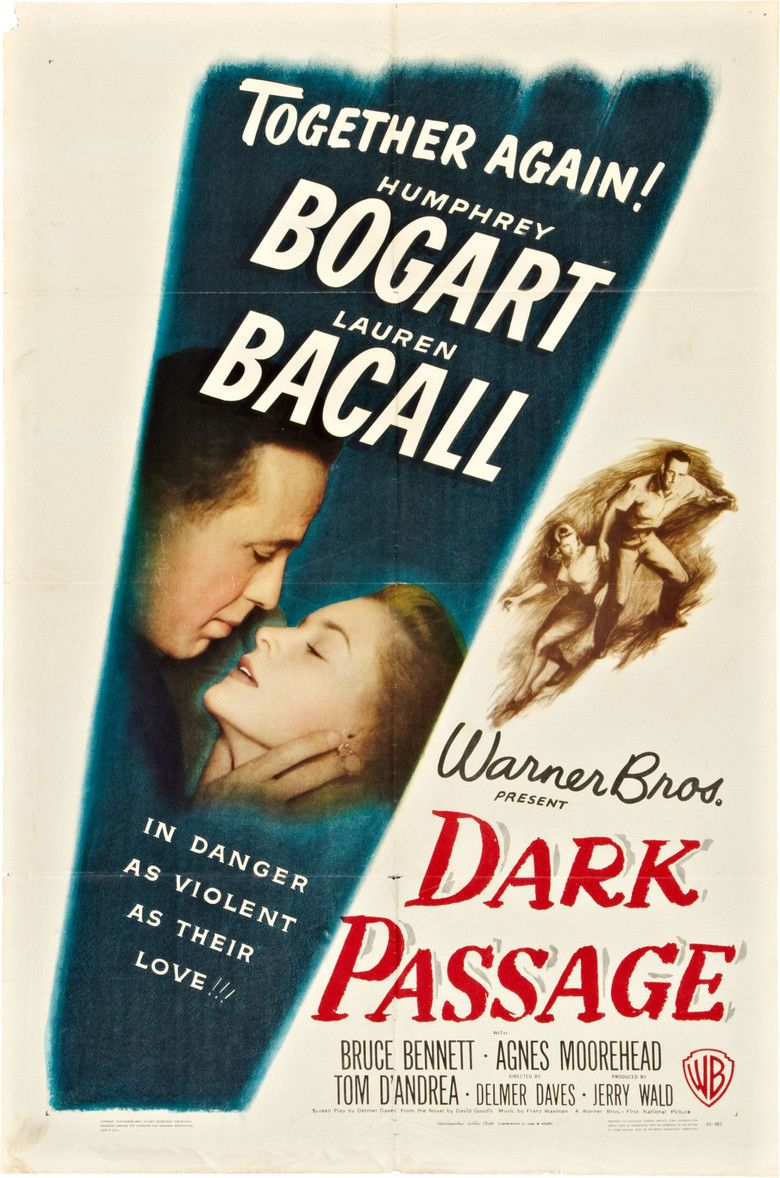 | ||||||||||||||||||||||||||||||||||
Release date September 5, 1947 (1947-09-05) (US) Cast (Vincent Parry), (Irene Jansen), (Bob), (Madge Rapf), Tom D'Andrea (Cabby (Sam)), (Baker)Similar movies Ant-Man , Terminator Salvation , The Age of Adaline , The Sniper , Zodiac , Spaceballs Tagline Together Again! | ||||||||||||||||||||||||||||||||||
Dark passage official trailer 1 humphrey bogart movie 1947 hd
Vincent Parry (Humphrey Bogart) has just escaped from prison after being locked up for a crime he did not commit murdering his wife. On the outside, Vincent finds that his face is betraying him, literally, so he finds a plastic surgery to give him new features. After getting a ride out of town from a stranger, Vincent crosses paths with a young woman (Lauren Bacall) who lets him stay in her apartment while he heals and continues to try and clear his name.
Contents
- Dark passage official trailer 1 humphrey bogart movie 1947 hd
- Plot
- Cast
- Production
- Similar Movies
- Critical reception
- References
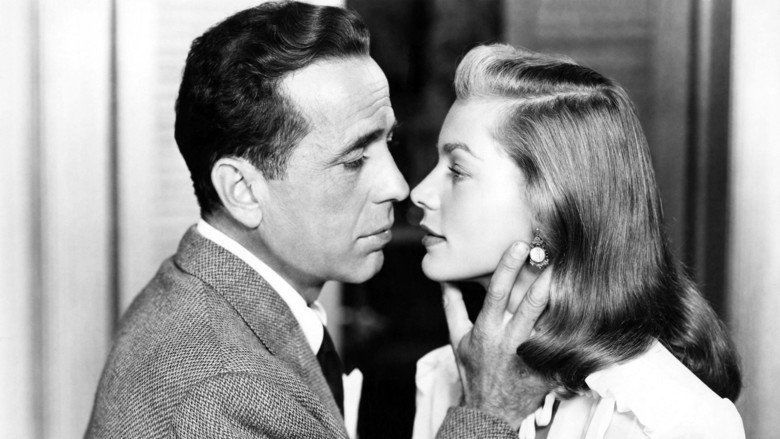
Dark Passage (1947) is a Warner Bros. film noir directed by Delmer Daves and starring Humphrey Bogart and Lauren Bacall. The film is based on the novel of the same name by David Goodis. It was the third of four films real-life couple Bacall and Bogart made together.
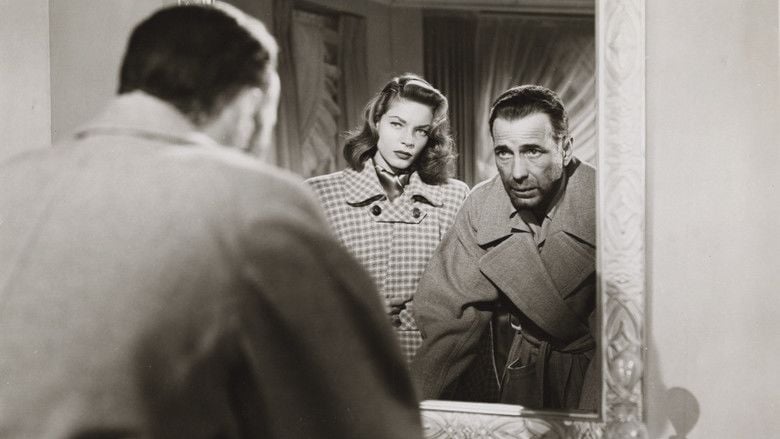
The film is notable for employing cinematography that avoided showing the face of Bogarts character, Vincent Parry, prior to the point in the story at which Vincent undergoes plastic surgery to change his appearance. The majority of the pre-surgery scenes are shot from Vincents point of view. In those scenes shot from other perspectives, the camera is always positioned so that its field of view does not include his face. The story follows Vincents attempts to hide from the law and clear his name of murder.
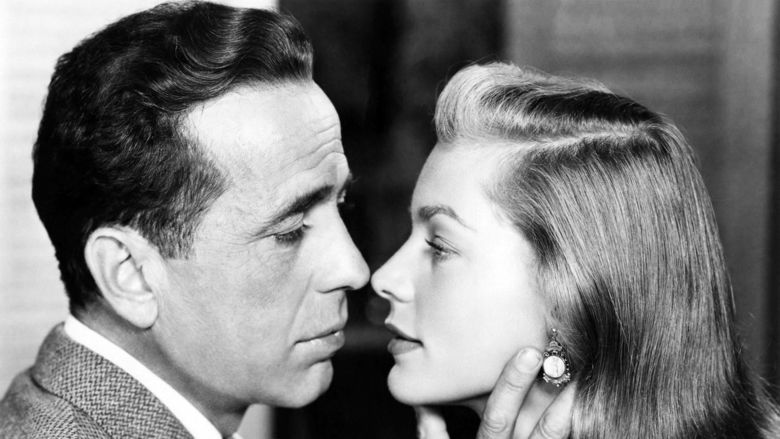
Bogey's on the lam and Bacall's at his side in Dark Passage, Delmer Daves' stylish film-noir thriller that's the third of four films Humphrey Bogart and Lauren Bacall made together. Bogart is Vincent Parry who, framed for murder, escapes San Quentin and soon emerges from plastic surgery with a new face. Bacall is Irene Jansen, Vincent's lone ally. In a supporting role, Agnes Moorehead portrays Madge, a venomous harpy who finds pleasure in the unhappiness of others. The chemistry of the leads is undeniable, and they augment it here with exceptional tenderness. Exceptional too are the atmospheric San Francisco locations and the imaginative camera work that shows Vincent's point of view - but not his face - until the bandages are removed. Lest Irene get ideas, the post-surgery Vincent tells her: "Don't change yours. I like it just as it is."
Plot
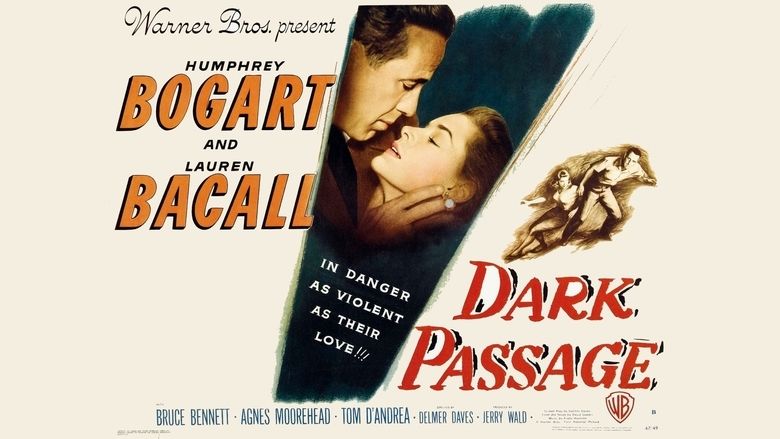
Vincent Parry, a man convicted of killing his wife, escapes from San Quentin prison by stowing away in a supply truck. He evades police and hitches a ride with a passing motorist named Baker. Parrys odd clothes and a news report on the radio about an escaped convict make Baker suspicious. When questioned, Parry beats him unconscious. Irene Jansen, who had been painting nearby, picks up Parry and smuggles him past a police roadblock into San Francisco, offering him shelter in her apartment.
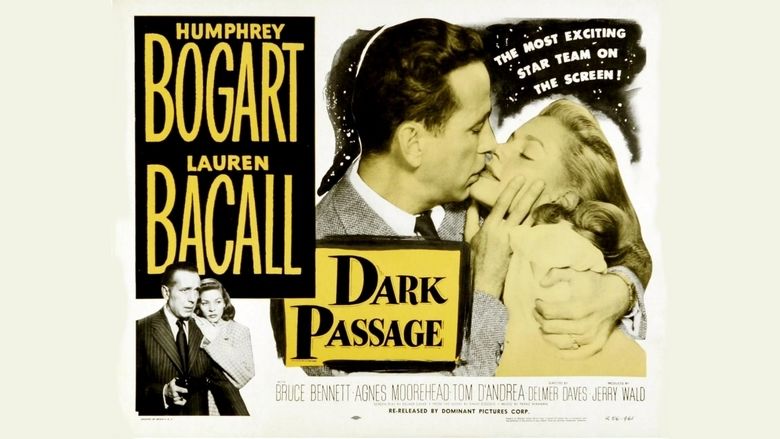
An acquaintance of Jansen, Madge, comes by Irenes apartment. Parry, without opening the door, tells her to go away. Madge was a former romantic interest of Parrys whom he had spurned. Out of spite she testified at his trial, providing a motive as to why he would have killed his wife. When she returns, Irene explains that she had followed Parrys case with interest. Her own father had been falsely convicted of murder and ever since she had taken an interest in miscarriages of justice. She believes that Parry is innocent.
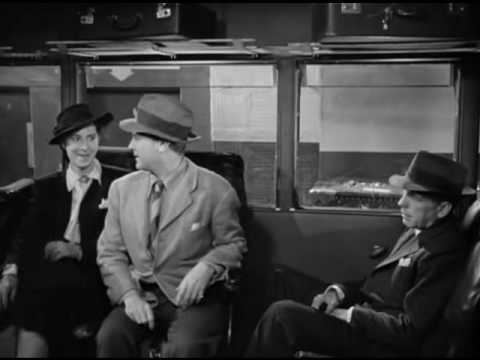
Parry leaves but is recognized by a cab driver, Sam. The man turns out to be sympathetic and gives Parry the name of a plastic surgeon who can change his appearance. Before the operation, Parry goes to the apartment of a friend, George Fellsinger, for help in proving his innocence and arranges to stay with him during the recuperation from surgery. Dr. Coley performs the operation. Parry, unable to speak, his face wrapped in bandages, returns to Georges apartment only to find him murdered. He stumbles back to Irenes house, collapsing at her doorstep. Irene nurses him back to health.
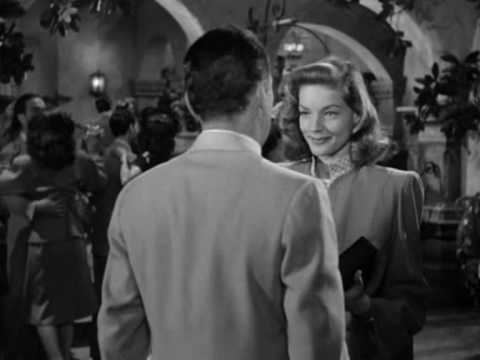
Madge and her ex-husband Bob, who is romantically interested in Irene, come by. Madge is worried that Parry will kill her for testifying against him and asks to stay with Irene for protection. Irene gets rid of Madge and deflects Bob by saying that she has already met someone to whom she is attracted, "Vincent Parry." She feigns that she is lying, but actually she is telling the truth, as Parry hides in a bedroom. Bob takes Irenes statement as a joke, but accepts that Irene is interested in another man.
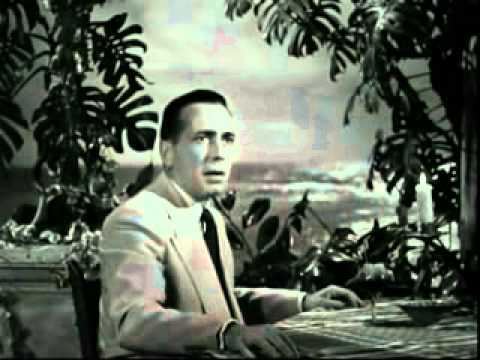
As he recuperates, Parry learns that he is now wanted for the murder of his friend George, his fingerprints having been found on the murder weapon, Georges trumpet. After his bandages are removed, Parry reluctantly parts from Irene, declaring that she will be better off if she is not part of his life.
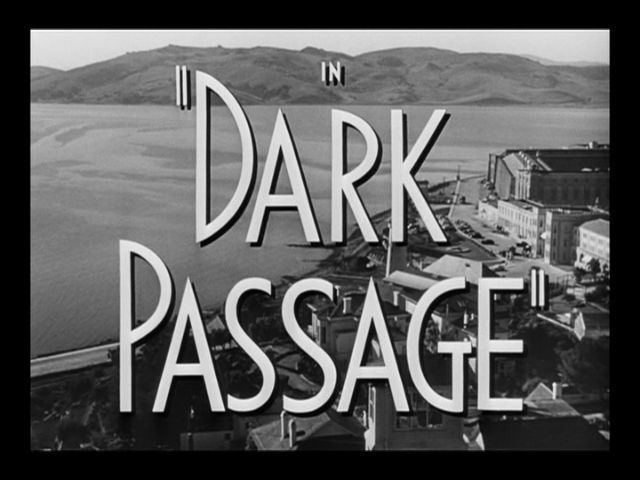
Parry decides to flee the city before trying to find out who really killed his wife. At a diner, an undercover policeman becomes suspicious because of Parrys behavior. The policeman asks for identification, but Parry claims to have left it at his hotel, and leaves. On the street, Parry darts in front of a moving car to escape.
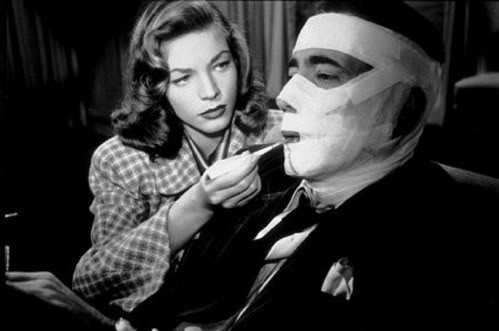
At the hotel, Parry is surprised by Baker, who holds him at gunpoint. Baker has been following Parry since they first met. He now demands that Irene pay him $60,000 or he will turn Parry over to the law. Parry agrees, and Baker obliges him to drive the two of them to Irenes apartment. Claiming to take a shortcut, Parry drives to a secluded spot underneath the Golden Gate Bridge. There he succeeds in disarming Baker and questions him, becoming convinced that Madge is behind the deaths of his wife and friend. The two men fight with Baker eventually falling to his death.
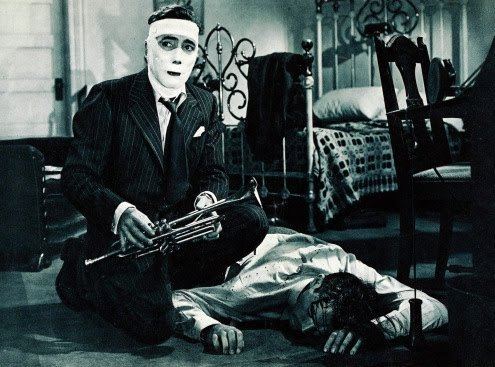
Parry goes to Madges apartment. Knowing that she doesnt recognize him with this face, he pretends to be a friend of Bobs who is interested in courting her. Parry eventually reveals his true identity and accuses Madge of having killed both his wife and George. He shows her that he has all the evidence written down and attempts to coerce her into making a confession. She points out that that is nothing without her signature, and that the accusations will then be worthless. While turning away from him, she accidentally falls through a window to her death.
Knowing he cannot prove his innocence and that he will likely be accused of Madges murder as well, Parry has no choice but to flee. He intends to get to Mexico and then South America. He phones Irene, revealing his plans. The next time he is seen, Parry is having a drink in a nightclub in Peru when he spots Irene across the dance floor. They embrace.
Cast
Production
Warner Bros. paid author David Goodis $25,000 for the rights to the story, which had originally been serialized in the Saturday Evening Post from July 20 to September 7, 1946, before being published in book form. At the time that Dark Passage was shot, Bogart was the best-paid actor in Hollywood, averaging $450,000 a year.
Robert Montgomery had made the film Lady in the Lake a year earlier, among the first major films to use a "subjective camera" technique, in which the viewer sees the action through the protagonists eyes. This technique was used in 1927 in France by Abel Gance for Napoleon and in 1931 by the director Rouben Mamoulian for the first five minutes of Dr. Jekyll and Mr. Hyde. Film critic Hal Erikson believes Dark Passage does a better job at using this point-of-view technique, writing, "The first hour or so of Dark Passage does the same thing — and the results are far more successful than anything seen in Montgomerys film."
According to Bacall, in her autobiography By Myself, during the filming of Dark Passage, Bogarts hair began to fall out in clumps, the result of alopecia areata, caused by vitamin deficiencies. By the end of filming he wore a full wig. Bogart would need B-12 shots and other treatments to counteract the effects, but was helped by the fact that his next film, The Treasure of the Sierra Madre required a full wig in any case.
Filming locations
Parts of the movie were filmed on location in San Francisco, California, including the Filbert Steps and the cable car system. The elegant Streamline Moderne Malloch Building on Telegraph Hill was used for the apartment of Irene Jansen where Parry hides out and recuperates from his surgery. Apartment Number 10 was Jansens. The current residents of that apartment occasionally place a cutout of Bogart in the window. The diner was "Harrys Wagon" at 1921 Post Street, a long-closed diner in the Fillmore District of San Francisco.
Similar Movies
Humphrey Bogart and Lauren Bacall appear in Dark Passage and The Big Sleep. Humphrey Bogart appears in Dark Passage and Dead Reckoning. Humphrey Bogart appears in Dark Passage and The Maltese Falcon. Humphrey Bogart and Lauren Bacall appear in Dark Passage and To Have and Have Not. Humphrey Bogart and Lauren Bacall appear in Dark Passage and Key Largo.
Critical reception
Film critic Bosley Crowther gave the film a mixed review and was not impressed by Bogarts performance but was by Bacalls work. He wrote,
When [Bogart] finally does come before the camera, he seems uncommonly chastened and reserved, a state in which Mr. Bogart does not appear at his theatrical best. However, the mood of his performance is compensated somewhat by that of Miss Bacall, who generates quite a lot of pressure as a sharp-eyed, knows-what-she-wants girl.
He made the case that the best part of the film is:
[t]he city of San Francisco, which is liberally and vividly employed as the realistic setting for the Warners Dark Passage...For Writer-Director Delmar Daves has very smartly and effectively used the picturesque streets of that city and its stunning panoramas from the hills to give a dramatic backdrop to his rather incredible yarn. So, even though bored by the story—which, because of its sag, you may be—you can usually enjoy the scenery, which is as good as a travelogue
Currently, the film has a 91% "Fresh" rating at Rotten Tomatoes, based on 23 reviews.
References
Dark Passage (film) WikipediaDark Passage (film) IMDbDark Passage (film) Rotten TomatoesDark Passage (film) themoviedb.org
